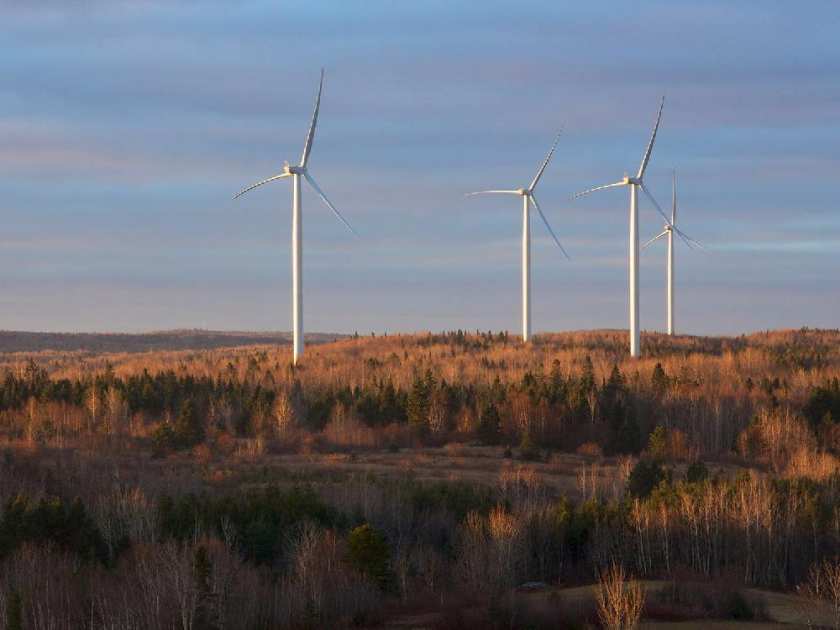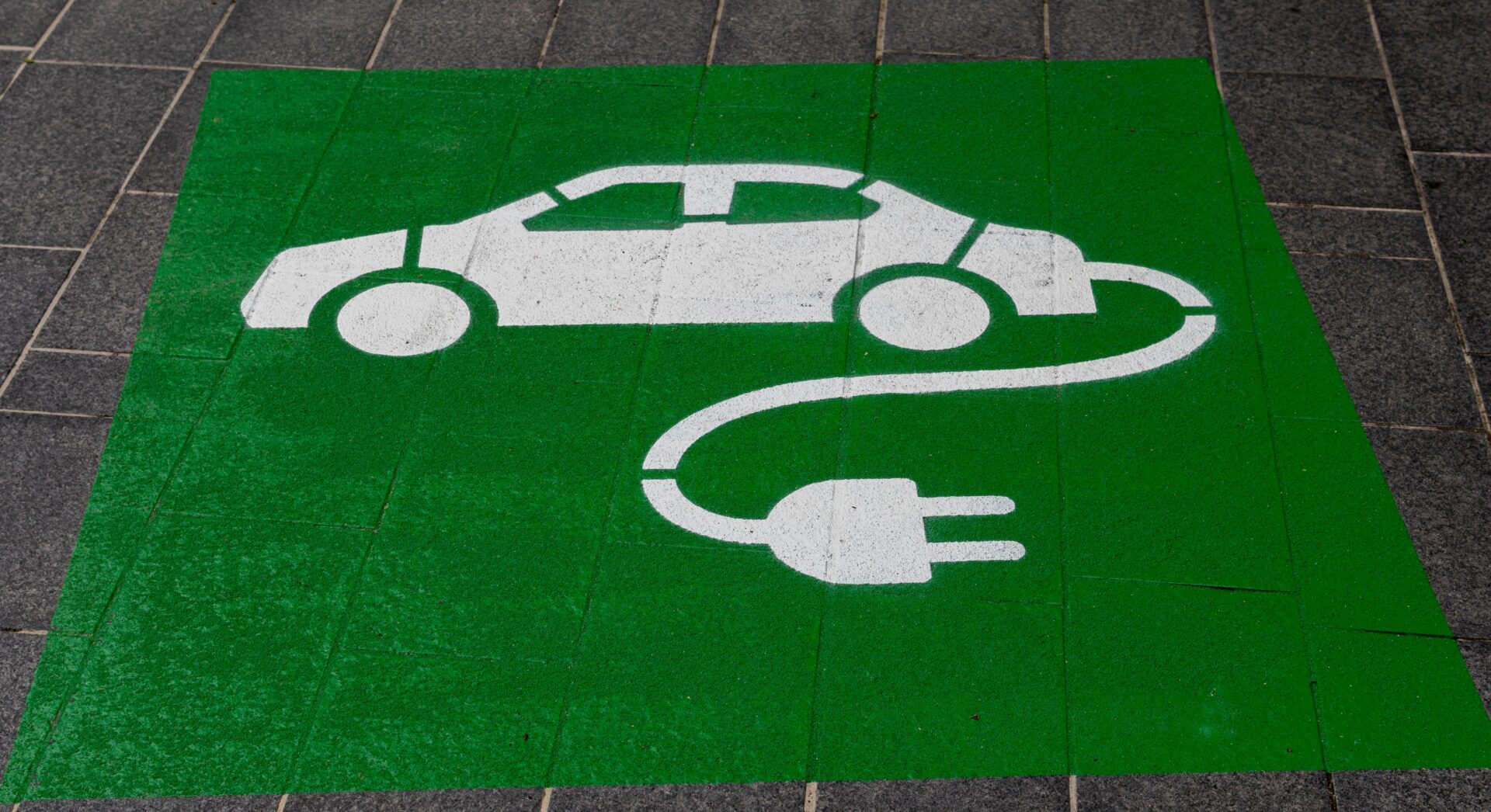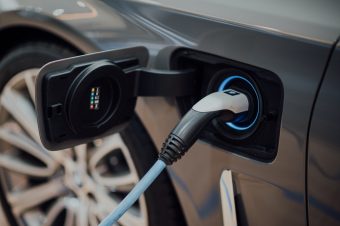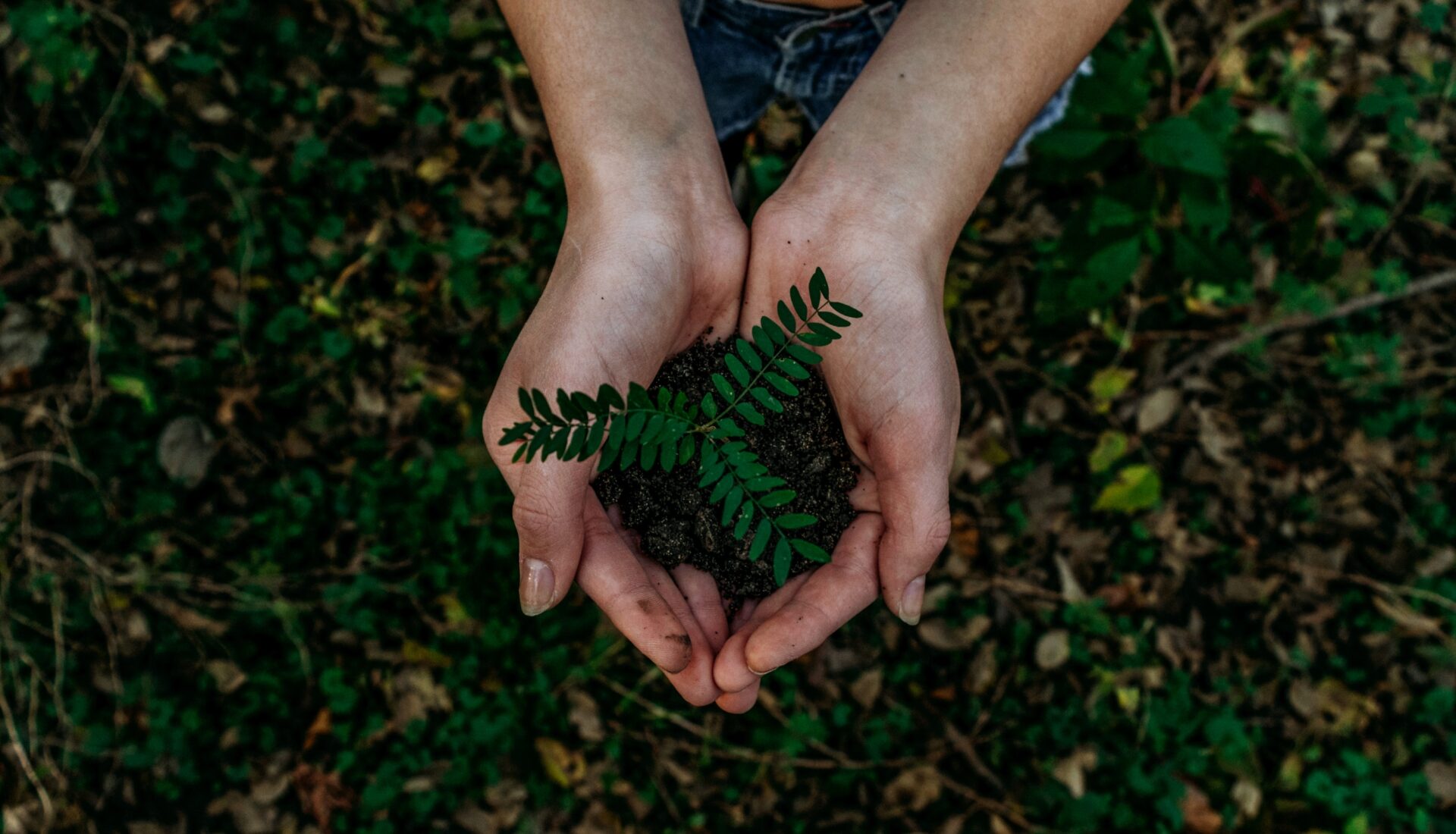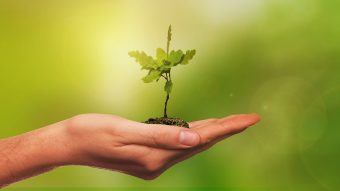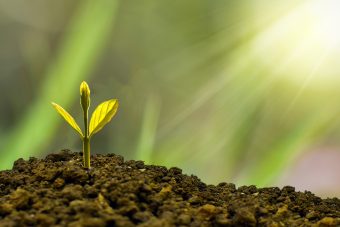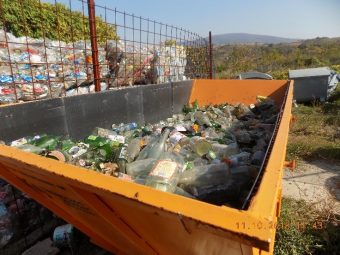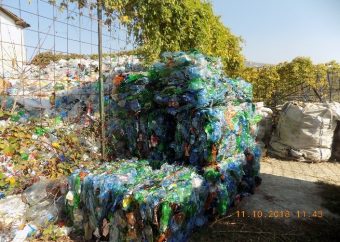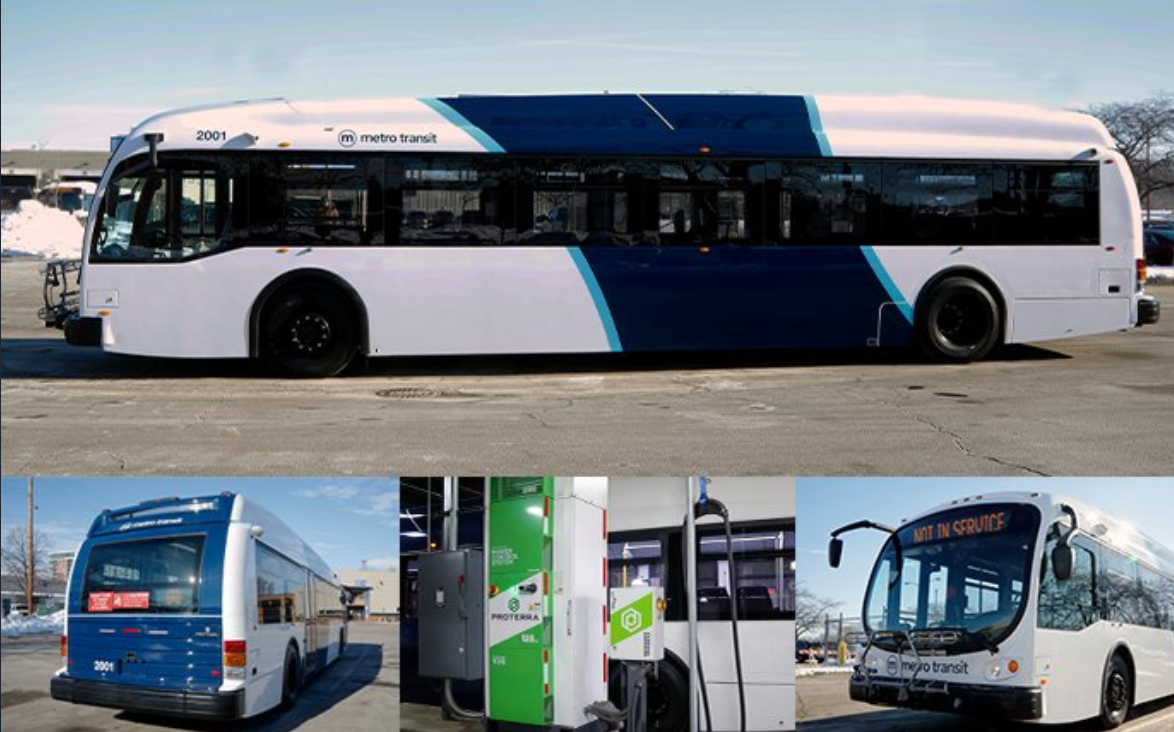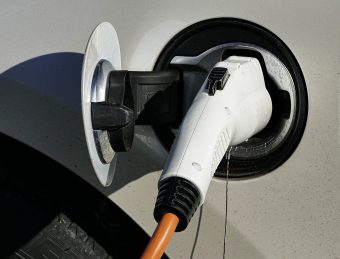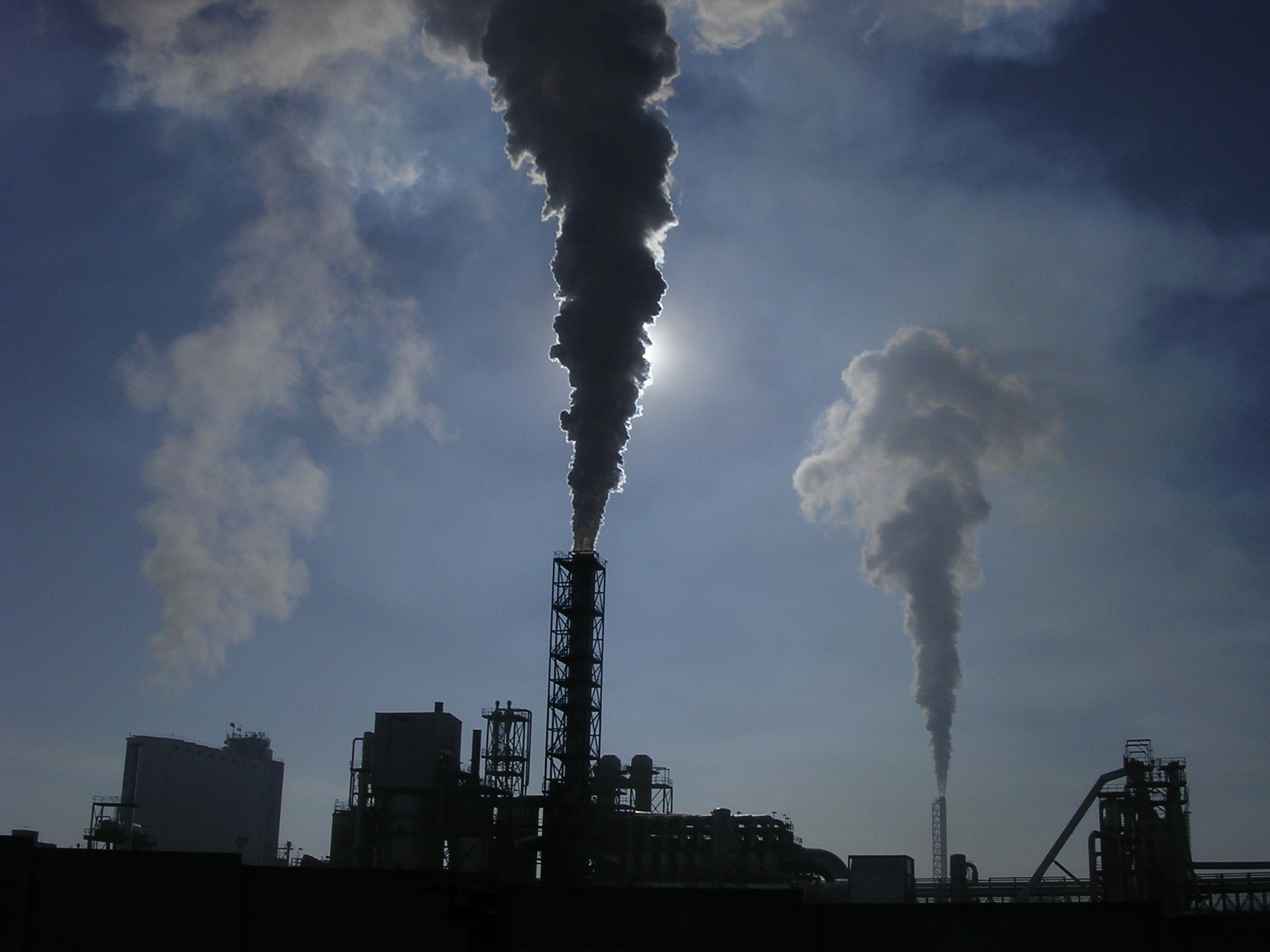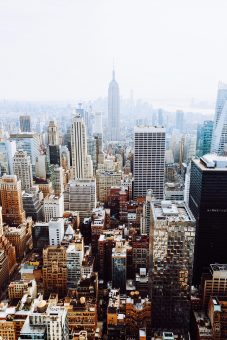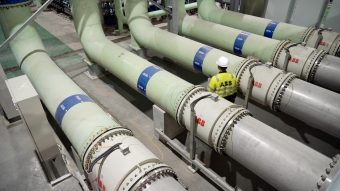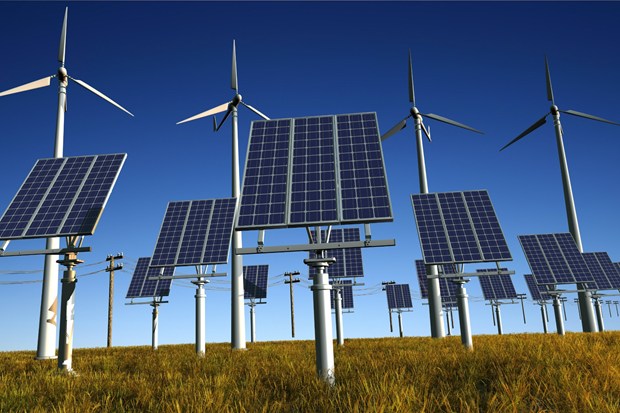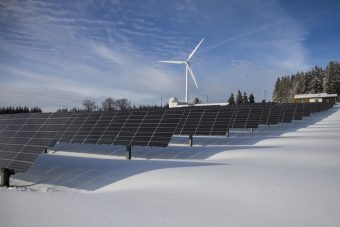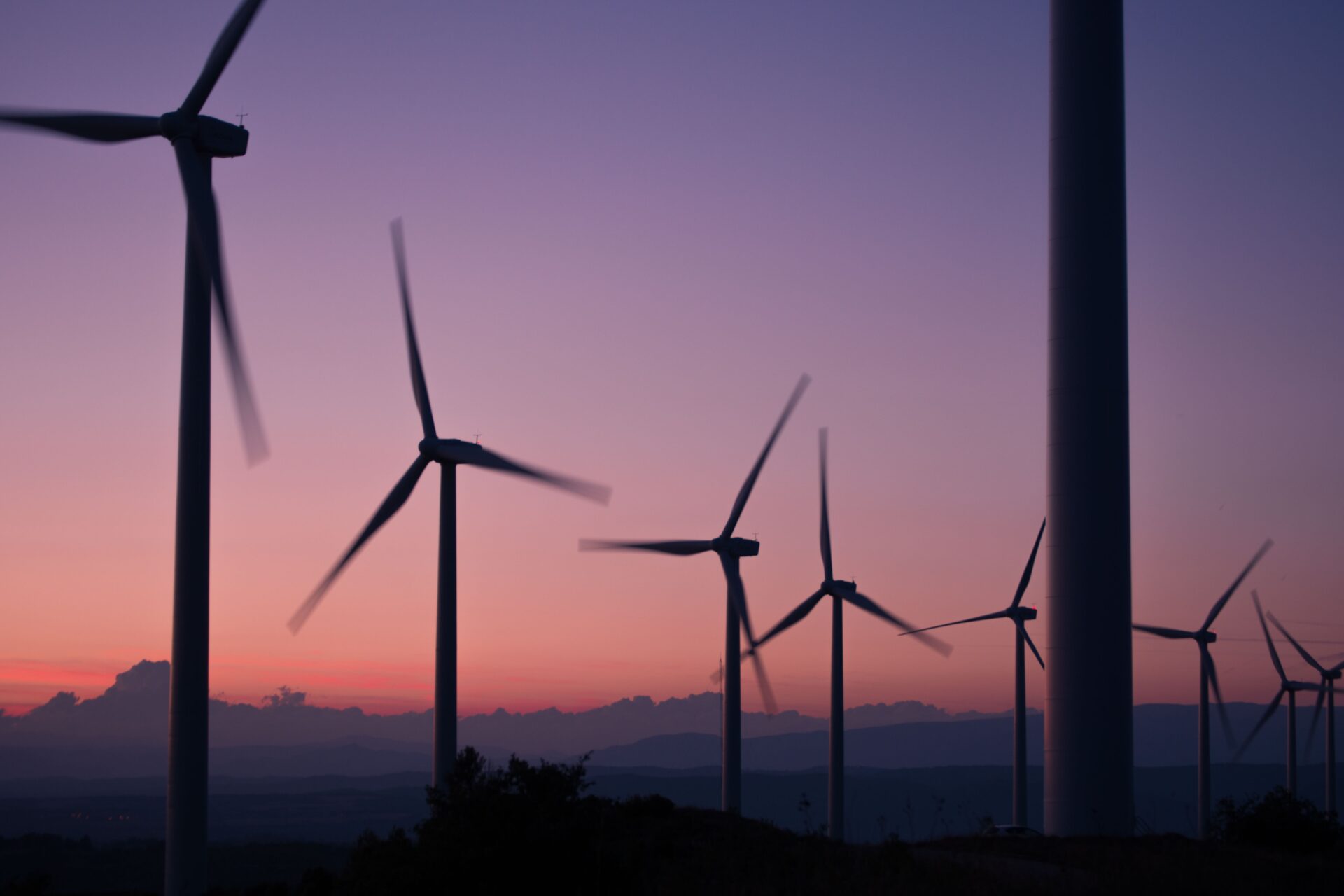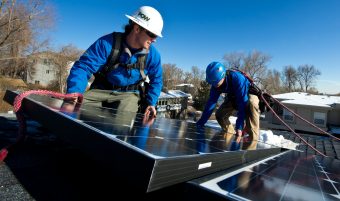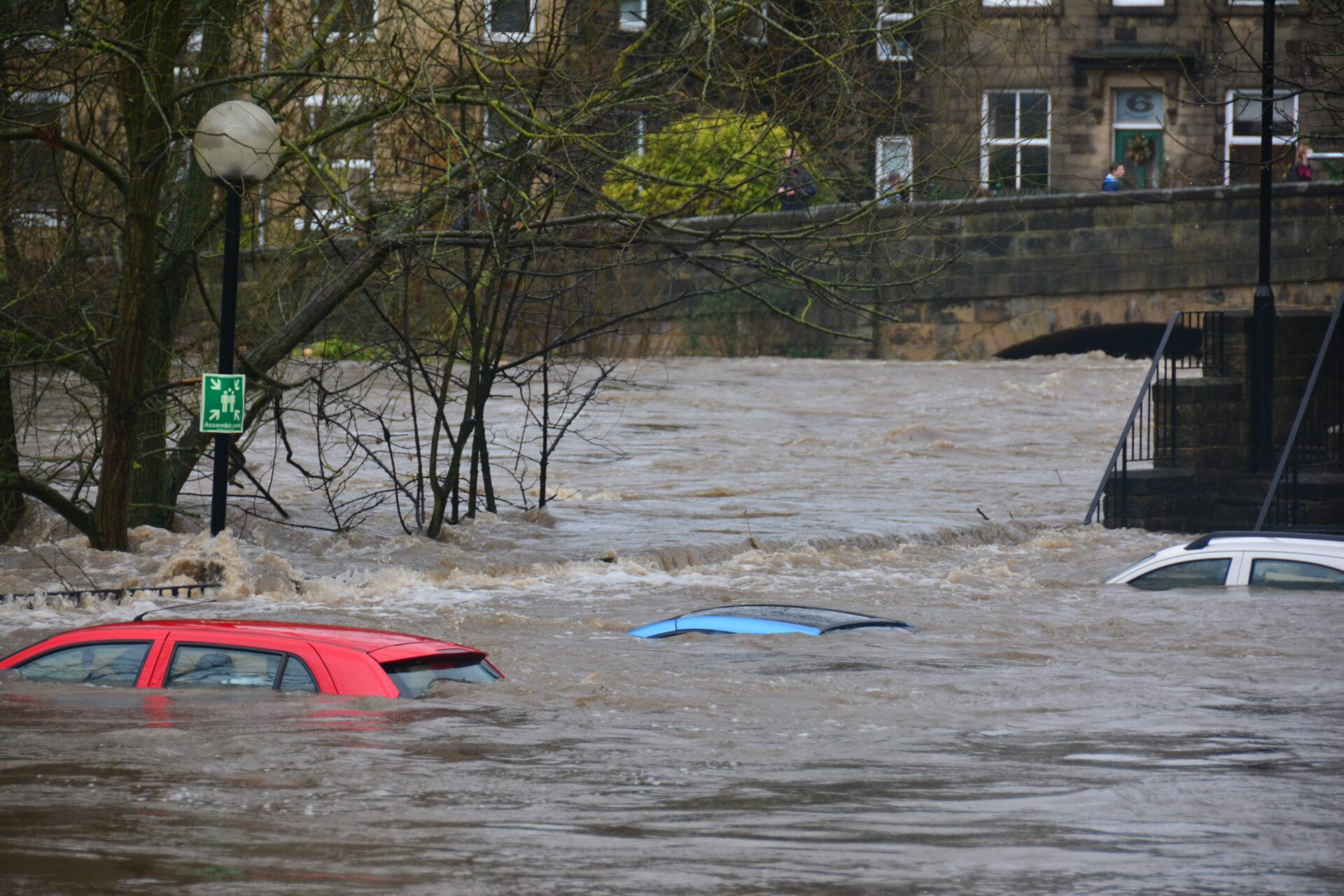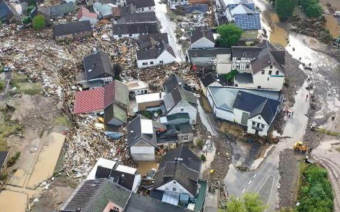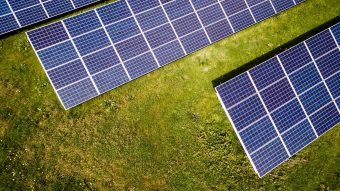
The Danish company Stiesdal, which is behind the TetraSpar full-scale demonstration project of the world’s first industrialized offshore foundation manufacturing and deployment system for wind turbines, is now realizing the first commercial demonstration energy storage system based on heating up rocks in big tanks on the island of Lolland in cooperation with neighboring island Falster.
The obvious strength of the system is its scalability. Test projects in development at DTU in March 2019 have since shown that the approach of using rocks to store energy as heat is in fact feasible.
The energy and fibre-optic group Andel has decided to place a new energy storage facility at Rodby, an ideal location when it comes to removing the barriers to the green transition.
More:
Rodby can look forward to becoming the home of a new energy storage facility, which has the potential to remove one of the most difficult obstacles to a future 100 percent green electricity supply.
The facility will be able to store electricity from renewables at times when the wind blows and the sun shines, for later use. The new storage system, called GridScale, stores energy in large tanks filled with crushed stones the size of peas stored in insulated steel tanks. When there is excess supply of electricity in the electricity grid, the storage is charged using a specially designed heat pump system, which moves heat energy from one set of tanks to another.
The stones get colder in the tanks, from which the energy is taken, while they get a lot hotter in the tanks that receive the heat, as hot as approx. 600 degrees C.
The GridScale storage facility at Rodby will be a demonstration facility intended for at least 10 — 15 years use. The construction of the facility will begin as soon as the required planning permissions have been obtained. Andel expects construction to start in the fall with the facility ready to receive energy from sun and wind in approximately one year from now.
You can read the whole article HERE.
Source: Clean Technica

